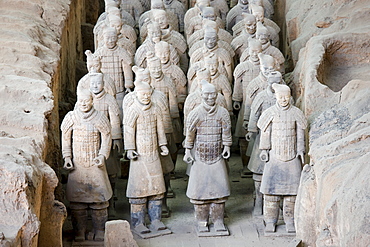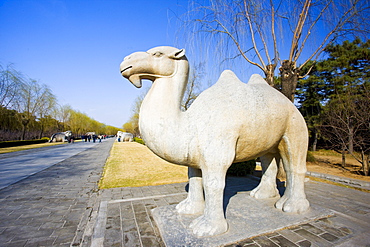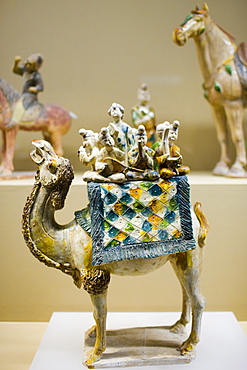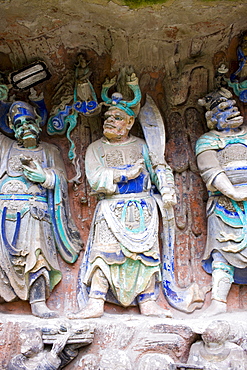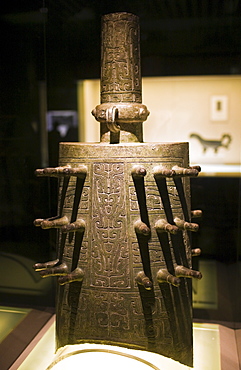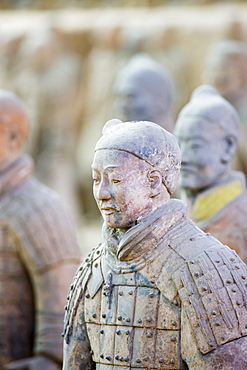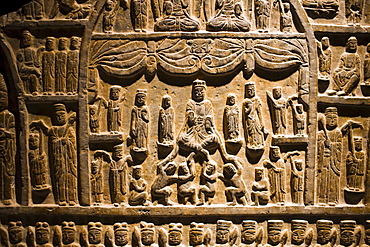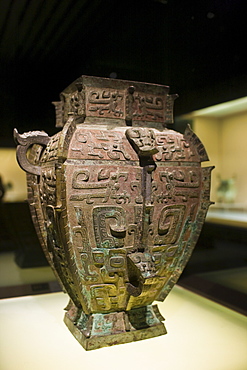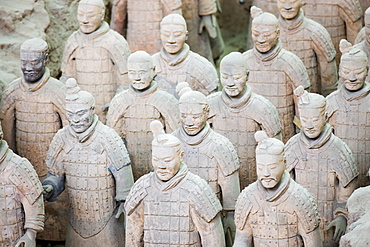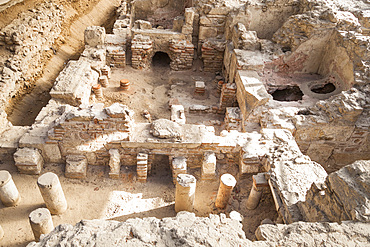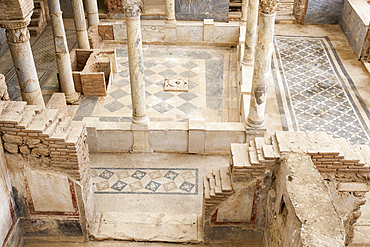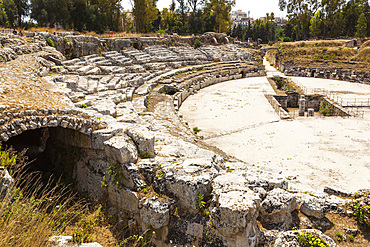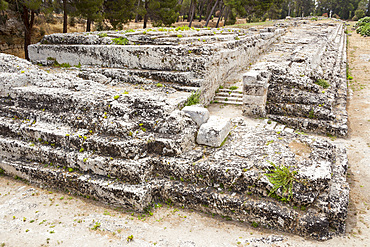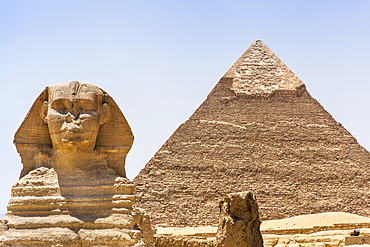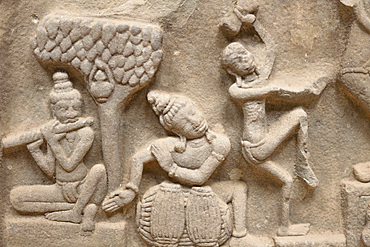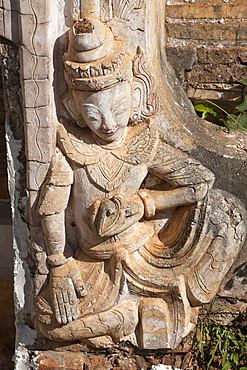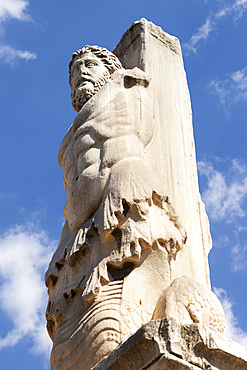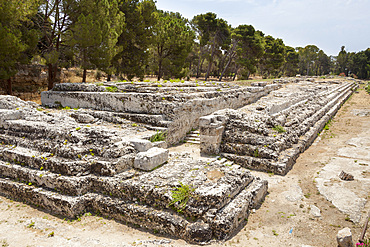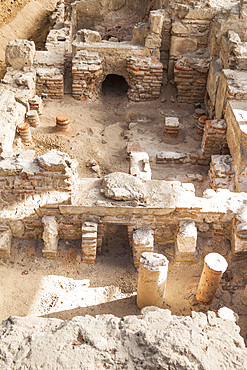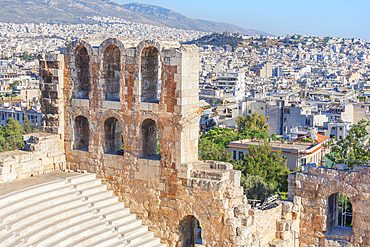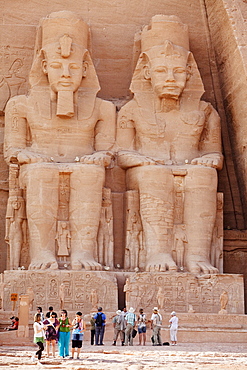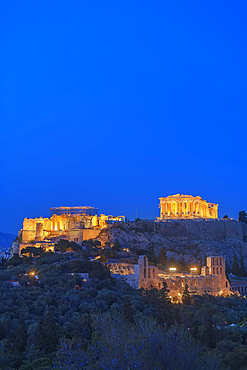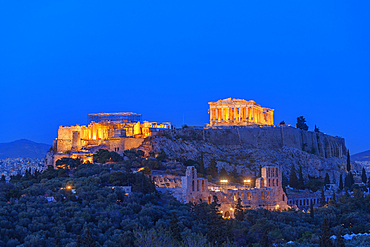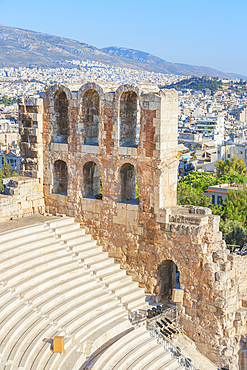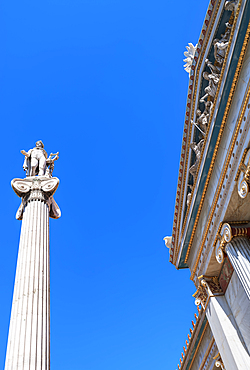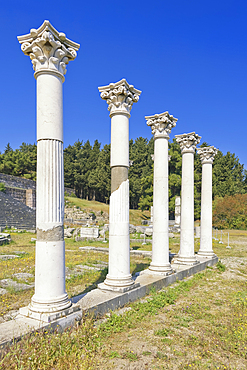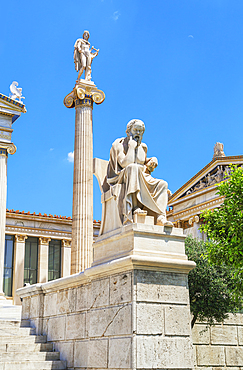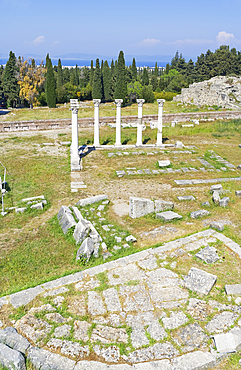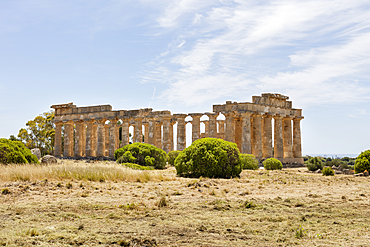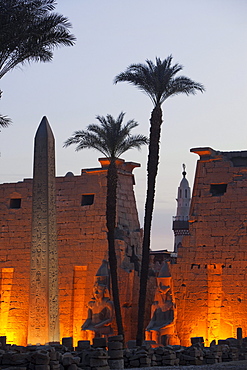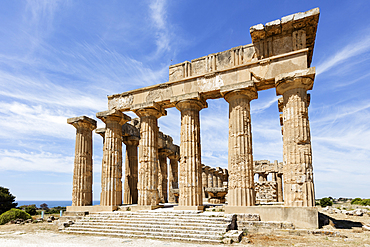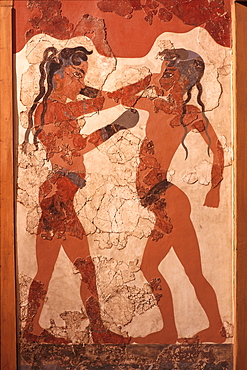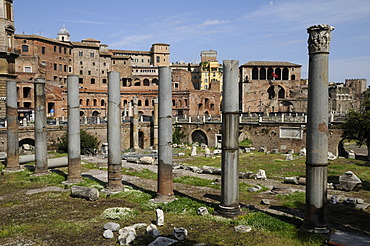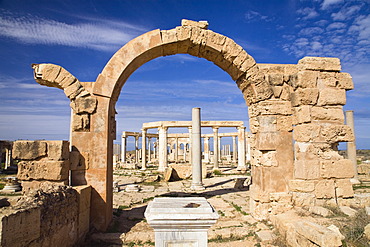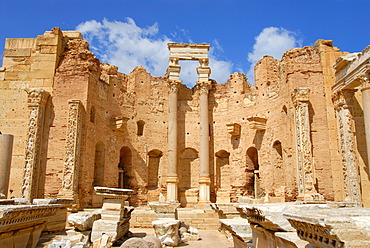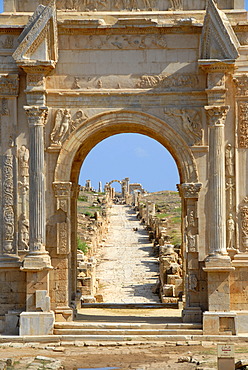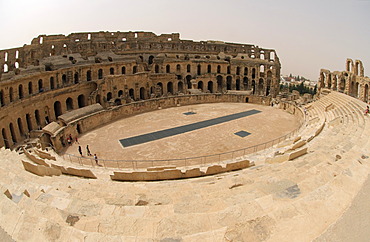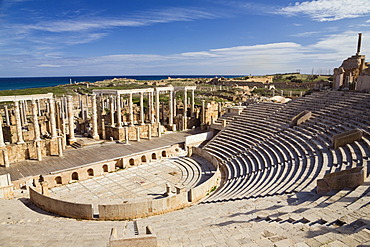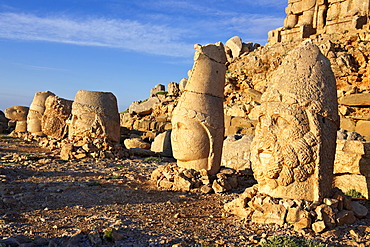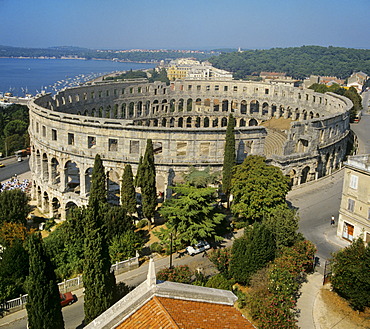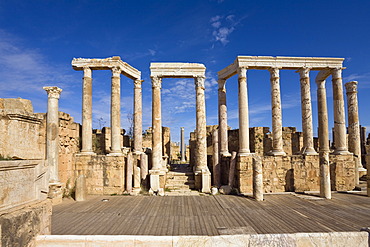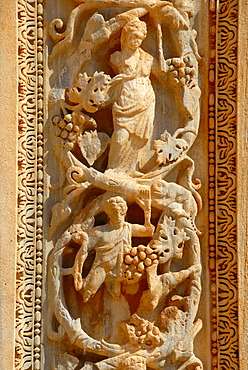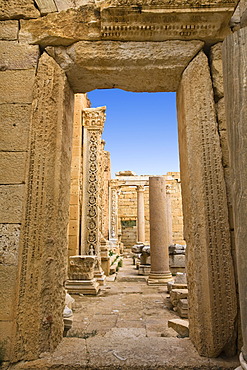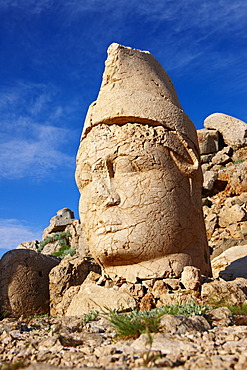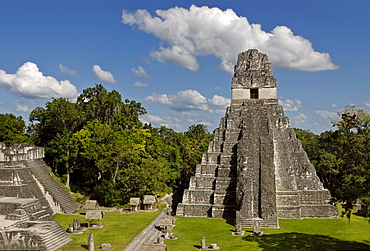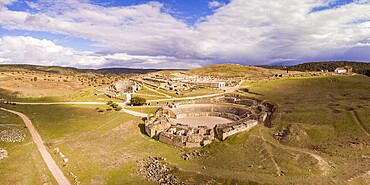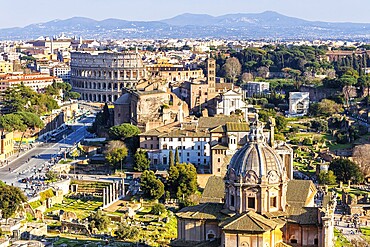Results
« Previous 1 … 18 19 20
1903 results found
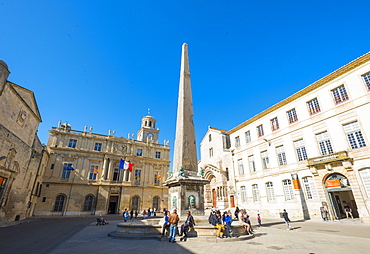
Place de la Republique, Arles, Bouches du Rhone, Provence, Provence-Alpes-Cote d'Azur, France, Europe
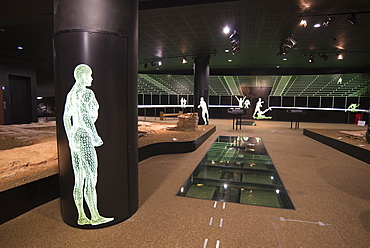
Remains of the Roman amphitheatre discovered in the basement of the Guildhall, London, EC2, England, United Kingdom, Europe

Chinese characters, detail from Forest of Stone Tablets, also known as the Forest of Stelae, Xian, China
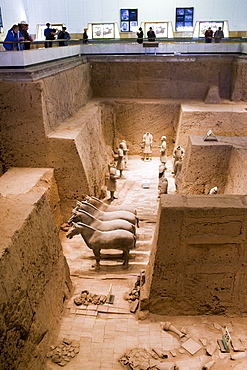
Tourists view Pit 3 containing horses and warriors as they were found, at Qin Museum of Terracotta Warriors, China
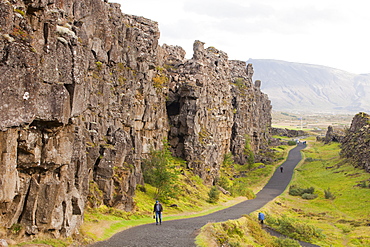
The rift valley at Pingvellir, Pingvellir National Park, UNESCO World Heritage Site, one of the most visited sites in Iceland, Polar Regions

Aerial views of El Castillo and the Ruins of the Mayan temple grounds at Tulum, Quintana Roo, Yucatan, Mexico. Tulum is the site of a pre-Columbian Mayan walled city which served as a major port for Coba, in the Mexican state of Quintana Roo. The ruins are situated on 12 meter 39 ft tall cliffs along the east coast of the Yucatán Peninsula on the Caribbean Sea in the state of Quintana Roo, Mexico. Tulum was one of the last cities built and inhabited by the Maya; it was at its height between the 13th and 15th centuries and managed to survive about 70 years after the Spanish began occupying Mexico. Old World diseases brought by the Spanish settlers appear to have resulted in very high fatalities, disrupting the society, and eventually causing the city to be abandoned.
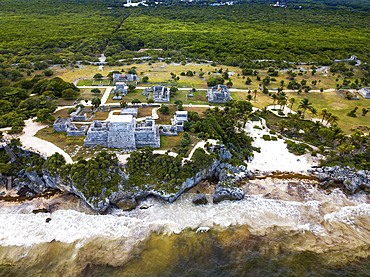
Aerial views of El Castillo and the Ruins of the Mayan temple grounds at Tulum, Quintana Roo, Yucatan, Mexico. Tulum is the site of a pre-Columbian Mayan walled city which served as a major port for Coba, in the Mexican state of Quintana Roo. The ruins are situated on 12 meter 39 ft tall cliffs along the east coast of the Yucatán Peninsula on the Caribbean Sea in the state of Quintana Roo, Mexico. Tulum was one of the last cities built and inhabited by the Maya; it was at its height between the 13th and 15th centuries and managed to survive about 70 years after the Spanish began occupying Mexico. Old World diseases brought by the Spanish settlers appear to have resulted in very high fatalities, disrupting the society, and eventually causing the city to be abandoned.
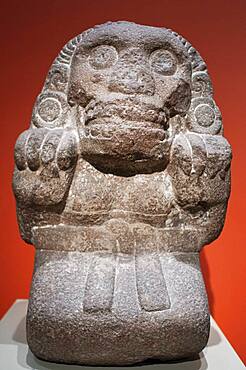
Aztec Cihuateotl. Mexico, Aztec. Late 15th-early 16th century. Stone. Metropolitan Museum of Art in New York City. 82nd Street Manhattan New USA

Great Pyramid of Giza (Pyramid of Khufu and Cheops), and Pyramid of Khafre (Pyramid of Chephren), Giza, Cairo, Egypt
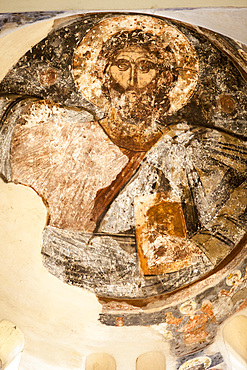
Ceiling painting of Christ, Church of the Holy Apostles, (Holy Apostles of Solaki), Ancient Agora of Athens, Athens, Greece
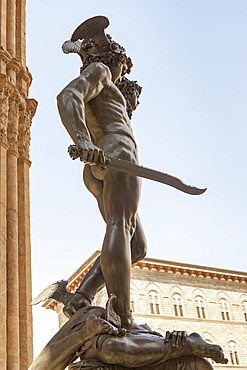
Perseus holding the head of Medusa, by Cellini, Loggia dei Lanzi, Piazza Della Signoria, Florence, Italy
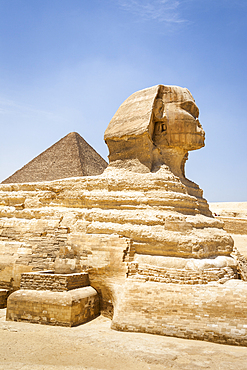
Great Sphinx and Great Pyramid of Giza, also known as Pyramid of Khufu and Pyramid of Cheops, Giza, Cairo, Egypt
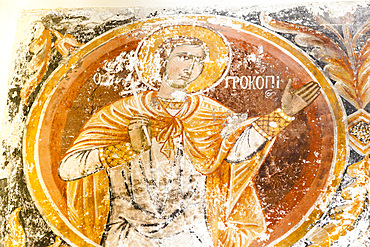
Wall painting, Church of the Holy Apostles, also known as Holy Apostles of Solaki, Ancient Agora of Athens, Athens, Greece
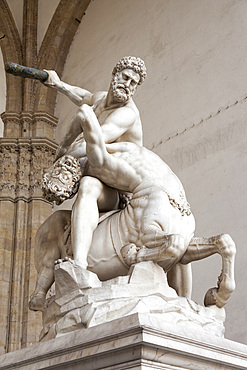
Hercules and the Centaur Nessus statue by Giambologna, Loggia dei Lanzi, Piazza Della Signoria, Florence, Italy
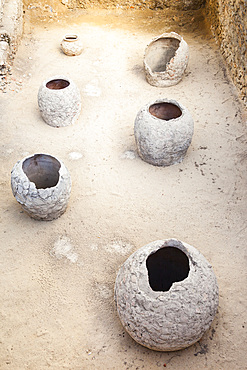
Ancient pots in archaeological site of a Roman bath, beside the National Gardens and Zappeion, Athens, Greece
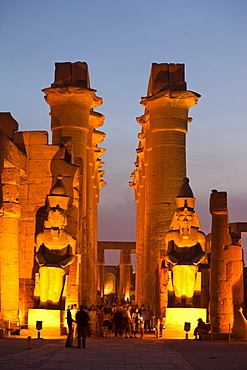
Great court of Ramesses II in the evening light, view into the Colonnade, Luxor Temple, Luxor, Egypt, Africa

Head of Medusa, Medusa medallion, relief, New Forum, Severan Forum of Septimus Severus, Leptis Magna, Libya, North Africa, Africa
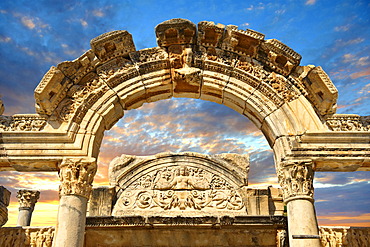
The Temple of Emperor Hadrian on Curetes Street, 117 - 138 A.D., Ephesus Archaeological Site, Anatolia, Turkey
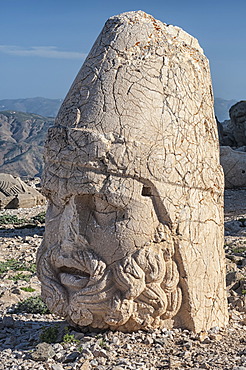
Mount Nemrut sanctuary, UNESCO World Heritage Site, statues on the western terrace, ruins of the Commagene civilization, 1st century B.C., Mount Nemrut, Eastern Turkey
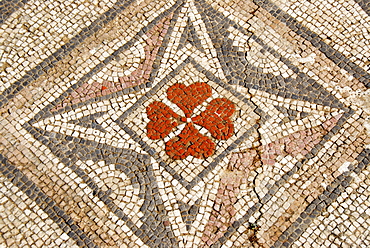
Colourful mosaic floral and geometric pattern at archaeological site of early Christian basilica Agia Trias North Cyprus

Mount Nemrut sanctuary, UNESCO World Heritage Site, statues on the western terrace, ruins of the Commagene civilization, 1st century B.C., Mount Nemrut, Eastern Turkey
